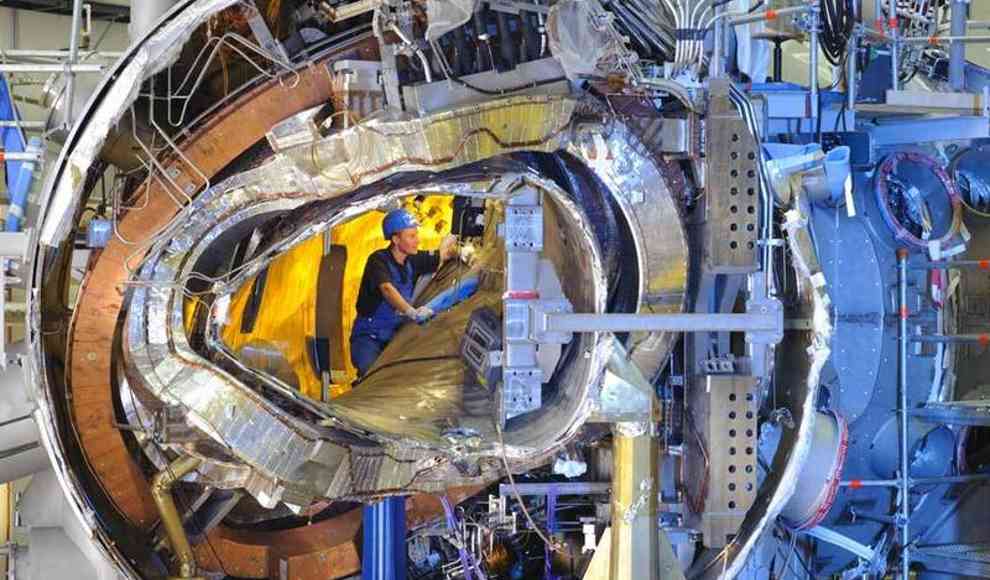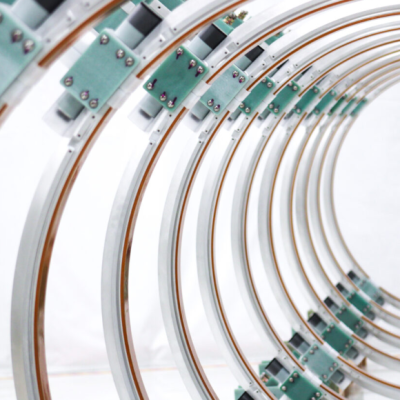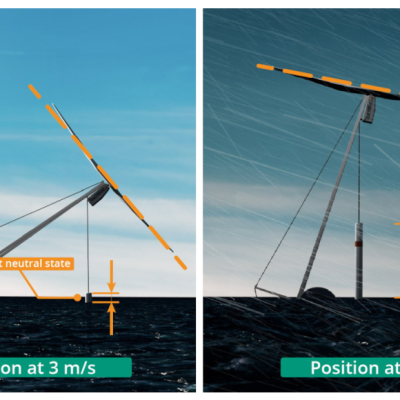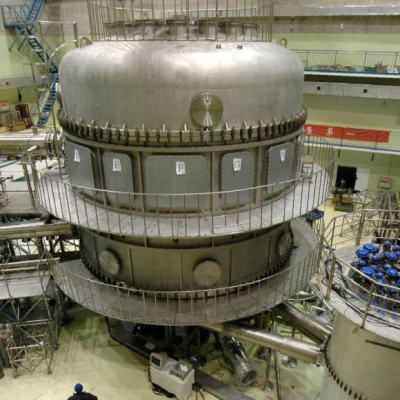In November 2015, a new era of energy production could be initiated with the experimental nuclear fusion reactor, Wendelstein 7-X, after 14 years of construction. The Max Planck Institute for Plasma Physics in Greifswald has built a reactor that generates electricity through fusion, similar to the sun. The Wendelstein 7-X is the world’s largest stellarator of its kind and will mainly investigate the power plant suitability of this type of reactor. The reactor will not produce electricity, but will provide basic research results that will be incorporated into further fusion projects.
The Wendelstein 7-X will be used to test the magnet field optimization, which will then enclose and hold the hot plasma in place. The reactor has 50 specially made superconducting magnet coils that allow scientists to deform the magnetic field at any time and make adjustments. The Wendelstein 7-X has been improved with high theoretical and mathematical effort, solving the problems of its predecessor, the Wendelstein 7-AS, and making further optimizations. The scientists expect that the plasma equilibrium and confinement quality will be similar to that of a Tokamak of the same size, but without the disadvantages of a Tokamak.
The Wendelstein 7-X is still in the early stages of fusion research, and its primary goal is to provide basic research results that will be incorporated into further fusion projects. The reactor will not produce electricity, but it is a significant step towards a future where nuclear fusion could be a viable source of energy. The Wendelstein 7-X is a remarkable achievement in the field of nuclear fusion, and it is a testament to the dedication and hard work of the scientists and engineers who have worked on this project for the past 14 years.










